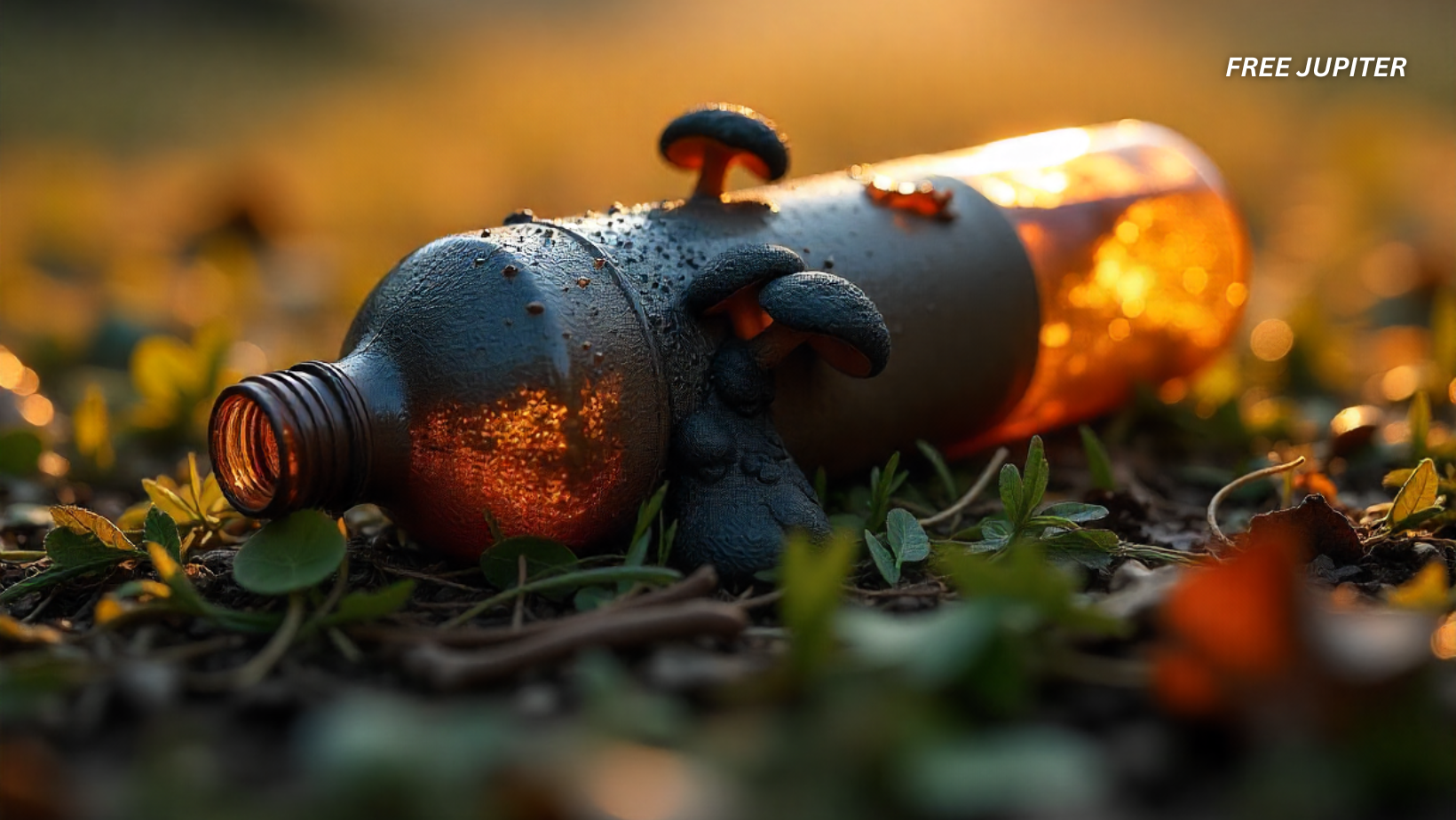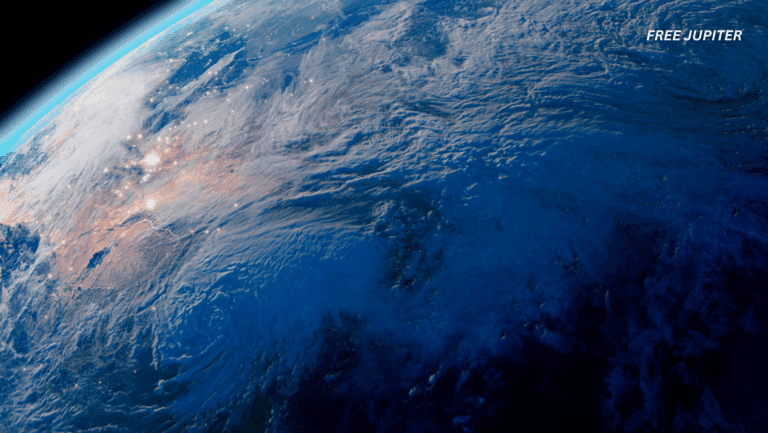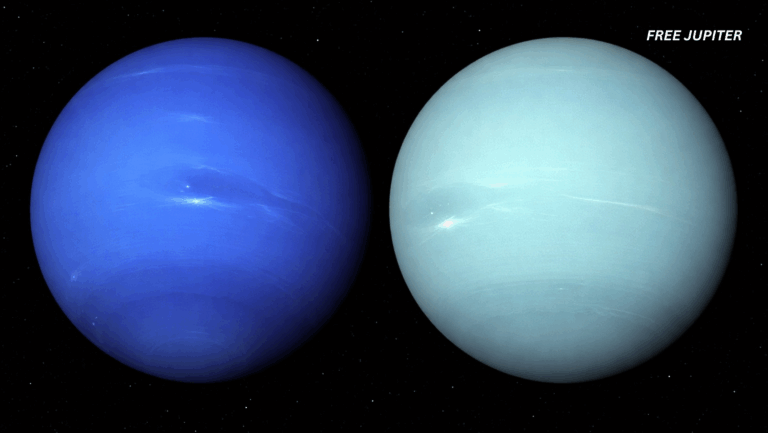Plastic may be one of the greatest inventions of the modern world, but it has also become one of our greatest headaches. It is durable, cheap, and used everywhere—from packaging and clothing to electronics and medicine. The problem? It doesn’t go away. Instead, it piles up in landfills, floats in oceans, and even ends up inside the food we eat in the form of microplastics.
While governments and industries scramble to reduce plastic use or invent new recycling methods, nature may already have a surprising ally ready to step in: a humble black fungus with an unusual appetite.
This tiny organism, Aureobasidium pullulans, is at the heart of a breakthrough developed by a German startup called Biophelion. The fungus can break down plastic waste and turn it into useful ingredients, including one that is edible. Even more fascinating, it captures carbon dioxide during the process, keeping harmful greenhouse gases out of the atmosphere.
What sounds like a scene from science fiction might soon become one of the most practical solutions to humanity’s plastic crisis.
Fungi: Nature’s Original Recyclers
Before diving into the science, it’s worth appreciating fungi themselves. These organisms occupy a strange middle ground between plants and animals, belonging to their own kingdom of life. They come in countless shapes and sizes, from towering mushrooms to invisible molds.
Fungi are everywhere: in the soil, on leaves, in water, and even inside our bodies. They can be delicious (mushrooms on your dinner plate), medicinal (the source of antibiotics like penicillin), or deadly (some poisonous varieties are notorious for their toxicity). But across the board, fungi are united by one remarkable talent: recycling.
Unlike plants that make food from sunlight, fungi survive by breaking down organic material—wood, leaves, food scraps, or even pollutants. They’re the clean-up crew of the natural world, returning nutrients back to ecosystems. Given that skill, it’s not entirely shocking that one particular fungus could evolve the ability to digest some forms of plastic.
Read more: Doctors Say They’ve Found a Way to Remove Microplastics From the Human Body
Meet the Plastic-Eating Fungus
The star of this story, Aureobasidium pullulans, doesn’t look like much at first glance. It’s a dark, yeast-like mold that thrives almost anywhere: in soil, on fruit trees, in water systems, or even on man-made surfaces. Scientists call it a “jack-of-all-trades” because it can adapt to a wide variety of environments and survive under tough conditions.
This adaptability is what makes it so useful. Unlike delicate organisms that require careful nurturing, Aureobasidium pullulans doesn’t mind a harsh industrial setting. It can snack on the messy leftovers of production processes—including plastic waste.
The German engineers at Biophelion discovered how to harness this fungus’s natural abilities, guiding it to digest industrial plastic residues and convert them into valuable compounds.
How the Fungus Works Its Magic
The process isn’t instantaneous. The fungus doesn’t just transform a plastic bottle into a candy wrapper overnight. Instead, it uses its digestive system to break down the waste step by step.
When it feeds on plastic leftovers, the fungus reconfigures the chemical building blocks and produces three key byproducts:
- Pullulan
- This is a tasteless, edible polymer.
- Already in use today, pullulan is common in food products like dissolvable breath strips, edible films, and vegetarian-friendly capsules for supplements.
- It can also add texture or thickness to foods, acting much like starch but with unique properties.
- Polyester
- Not the kind used in cheap shirts, but a form of bioplastic.
- This polyester could serve as a sustainable alternative for packaging materials, replacing conventional plastics derived from petroleum.
- A Surfactant Molecule
- Surfactants are compounds that reduce surface tension, making them essential in soaps, detergents, and even advanced technologies like 3D printing.
- Many surfactants used today are made from petrochemicals and end up polluting waterways. The fungus-made version could be a cleaner, eco-friendly substitute.
So in plain terms: the fungus eats plastic waste and outputs edible ingredients, biodegradable packaging materials, and greener cleaning agents. It’s like nature’s own recycling factory—efficient, sustainable, and surprisingly versatile.
Closing the Carbon Loop
Another remarkable part of this process is how the fungus interacts with carbon dioxide. Normally, breaking down plastic waste could release CO₂, a greenhouse gas that contributes to climate change. But in this case, the fungus consumes the carbon and uses it to fuel its own growth.
That means fewer emissions escape into the atmosphere. In effect, the fungus is not only reducing solid waste but also acting as a miniature carbon sink, keeping pollutants locked away instead of letting them worsen global warming.
Read more: This Natural Plant Extract Can Remove Up to 90% of Microplastics From Water
A Challenge With Big Potential
This discovery didn’t happen by accident. It was part of the “Circular Biomanufacturing Challenge,” a program organized by Germany’s Federal Agency for Breakthrough Innovations (SPRIND). The idea behind the challenge was to explore new ways of turning waste into resources, closing the loop in industrial systems so nothing goes unused.
Biophelion’s project stood out because it didn’t just recycle—it created entirely new opportunities. The team isn’t only interested in cleaning up; they’re aiming to open doors to industries that don’t even exist yet.
As Biophelion co-founder and microbiologist Till Tiso explained, their surfactant molecule and pullulan applications could spark innovations we can’t fully imagine yet. It’s not just about replacing existing products but inventing new ones altogether.
Why Plastic Pollution Needs Radical Solutions
To understand why this matters, it helps to look at the scale of the plastic problem. Every year, the world produces over 400 million tons of plastic, and a significant portion of it ends up as waste. Much of it is non-recyclable, meaning it’s either burned (releasing harmful gases) or left in landfills and oceans, where it can last for hundreds of years.
Microplastics—tiny fragments less than five millimeters long—are now found everywhere, from Arctic ice to human bloodstreams. They don’t biodegrade and can interfere with ecosystems and health. Traditional recycling only handles a fraction of the plastic stream, leaving us searching for more sustainable methods.
That’s why biological approaches are so intriguing. Instead of fighting against nature, we’re learning to partner with it. If fungi can turn plastic into food additives or safe packaging, it transforms what was once waste into value.
Applications Beyond the Lab
The three compounds produced by Aureobasidium pullulans already point to a variety of practical uses:
- Food industry: Pullulan can thicken sauces, make edible coatings, or form dissolvable strips. Its safety is well established, so it’s closer to market readiness.
- Pharmaceuticals: Edible capsules made from pullulan provide a plant-based alternative to gelatin, appealing to vegetarians and vegans.
- Packaging: The polyester produced by the fungus could replace petroleum-based plastics in bags, wraps, or containers.
- Cleaning products: The surfactant could substitute for polluting chemicals in detergents, shampoos, and soaps.
- Technology: With surfactants useful in 3D printing, the applications could stretch into cutting-edge manufacturing.
In other words, one humble fungus could touch multiple industries—from your kitchen to your bathroom, and even your local supermarket shelves.
From Research to Reality
Of course, one of the biggest hurdles in innovation is moving from laboratory success to large-scale production. Many brilliant ideas stumble at this stage due to costs, complexity, or lack of demand.
But Biophelion believes this project has a real chance. Unlike some futuristic concepts that are decades away, pullulan is already widely used, giving the technology a head start. The polyester and surfactant molecules will take more testing and scaling, but they fit neatly into existing industries hungry for sustainable alternatives.
Tiso put it simply: “There is often a gap between academic research and industrial implementation. But this time it is different.”
Read more: Chewing Gum Sets Off Microplastic Bombs In Your Mouth, Study Reveals
The Fungus Among Us
It’s humbling to think that a mold most people would ignore—or even scrub away if they saw it in the bathroom—could hold answers to global challenges. But that’s the beauty of science: sometimes, the most unassuming creatures prove to be the most powerful.
As Biophelion and other innovators continue their work, we may one day look back and thank a simple black fungus for helping clean up our planet. Until then, the story of Aureobasidium pullulans is a reminder that solutions to the world’s biggest problems may already be growing quietly, right under our noses.
Featured image: Freepik.
Friendly Note: FreeJupiter.com shares general information for curious minds. Please fact-check all claims and double-check health info with a qualified professional. 🌱










